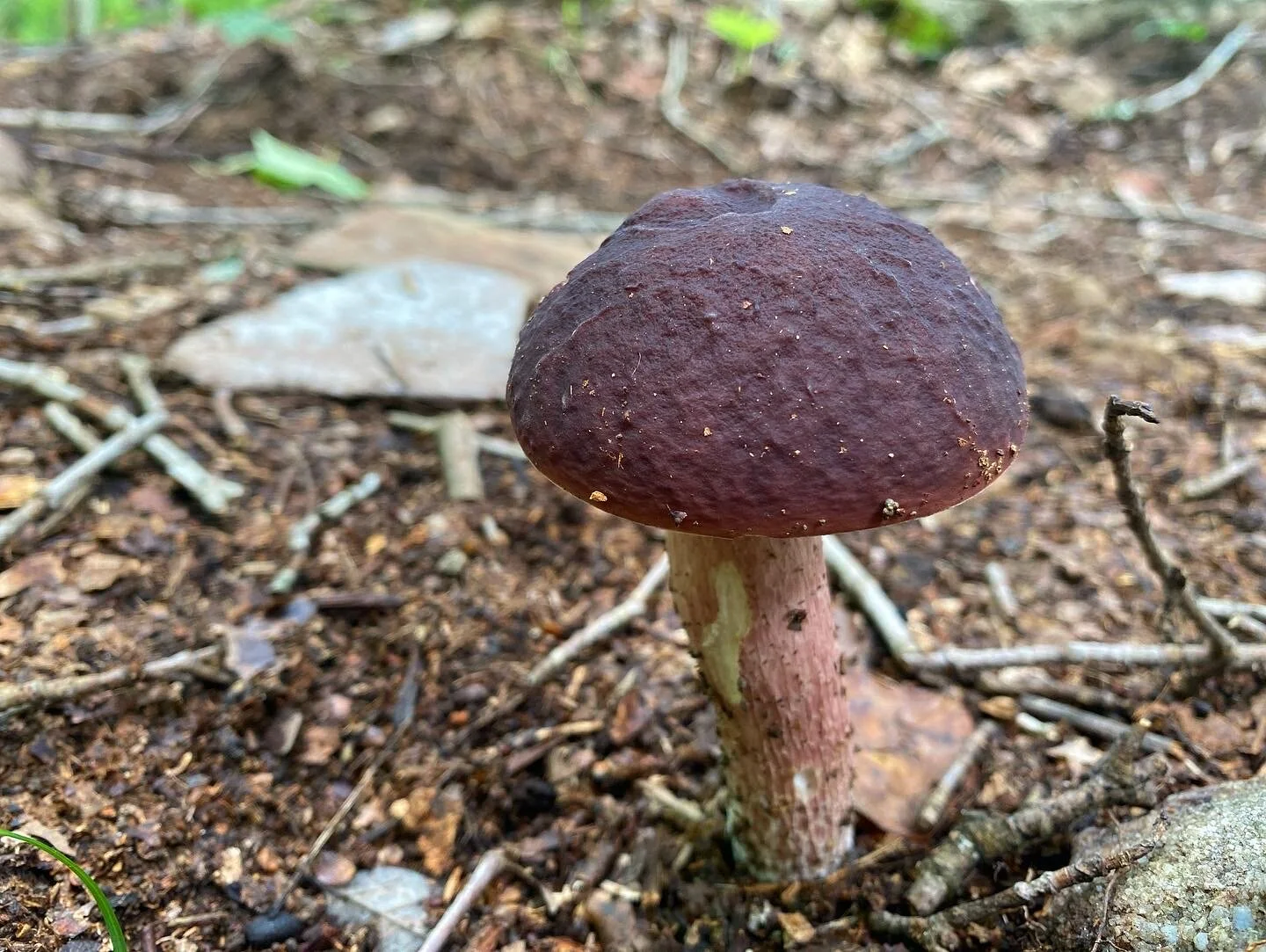The Great Recyclers of the Planet
By Angie Langevin
There is a fascinating organism in the river gorge that can emerge during any season. It does not require sun to grow, can grow virtually anywhere, and is more closely related to humans than it is to plants. It reproduces using a fruiting body that is tasty when cooked with butter and garlic but, depending on the species, can also be deadly. Some people are afraid of these living beings, but others obsessively hunt them. Have you guessed the organism yet?
We are talking about – you guessed it - Fungi! Fungi are all around us – in the soil, in the bark of trees, on the fur of animals, and even on the human body. But what makes a fungi a fungi? The term refers to an entire group of species. Fungi, like animals, eat food rather than producing it themselves like plants do. They reproduce using spores and have a substance called chitin in their cell walls. Arthropods and fungi are the only organisms on earth that use chitin.
When most people think of fungi, they immediately picture a mushroom. Not all fungi make mushrooms, but mushrooms are the reproductive fruiting body of many species of fungi. Mushrooms often emerge after a rain on a mission to deploy billions of moisture-loving spores into the forest. However, mushrooms are only part of the fungal story. These beautiful structures don’t last long in the environment. After (or even before) spore production finishes, they are quickly gobbled up by creatures like insects, deer, squirrels, and wild-foraging humans! The rest of the time, a fungus exists as a mycelium. When a spore germinates in the environment, say in the soil or the bark of a dead tree, it grows into a stringy, nerve-like network of cells called a mycelium. It grows and expands inside its substrate, digesting it as food. This mycelium is everywhere in the forest – under your feet in the soil, around the roots of trees, in rotting logs, and sometimes even in other fungi! You can’t always see it, but it has a very important role in the ecosystem.
Indigo Milkcap
Fungi are decomposers. They are the great recyclers of the planet, breaking down dead plants to make new soil. The mycelium breaks down the strong, carbon-rich cell walls of trees. In this way, they play a big part in carbon sequestration, holding carbon in the soil for thousands of years. Oyster mushrooms, Reishi mushrooms, Chicken-of-the-Woods, Turkey Tail, and Lion’s Mane are all examples of Tennessee River Gorge mushrooms that consume dead trees.
Chicken of the Woods
The Chicken-of-the-Woods mushroom (Laetiporous sulphureous) is a choice wild edible that can grow up to 12 inches across on fallen logs or standing dead trees. The top of the mushroom is bright orange, while the porous underside is a brilliant sulphur yellow. This extremely distinct mushroom is sought after by many mushroom-hunters and reportedly tastes just like chicken!
Chanterelle
A wild edible mushroom that does not eat dead trees is the Chanterelle mushroom. There are many species of chanterelle that live all over the world. The chanterelle is an example of a symbiotic mycorrhizal soil fungi. These fungi live on and around the tiny, hair like rootlets (mycorrhizae) of trees in a mutualistic relationship. These partnerships are essential to the lives of trees in every ecosystem across the globe. The tree provides essential carbon for the fungi to survive, and the fungi supplies the tree with nutrients like phosphorous, calcium, nitrogen and potassium. Fungal mycelial networks can also extract water for their host trees from a greater volume of soil (hundreds of thousands of times larger) than the host tree could access by itself.. Trees also use these fungal mycelium networks in the soil to “communicate” with other trees, sending chemical signals to each other. The bright orange fruiting body of the chanterelle is a choice edible worldwide and a TRGT favorite!
Fungi are ubiquitous, fascinating organisms that recycle decaying material to make new life. Next time it rains, try hiking around in the woods over the next few days to see if you can catch a glimpse of some of these captivating organisms that are essential to life on earth. You can try to catch a glimpse of mycelium by turning over a pile of mulch, grass clippings, or compost. The stringy white mass you see there is the mycelium. These great recyclers remind us that life in the forest never ceases to teach us something new, and that we are all connected through the internet of mycelium under our feet! If you see a cool mushroom in the Tennessee River Gorge, let us know by tagging us in your picture.
*Mushroom hunting in the forest can be fun and rewarding, but it is important to go with an expert to learn how to positively identify the species before ever attempting to harvest one. This article is for informational purposes only and is not intended as a guide to edible mushrooms. Guidebooks, online videos and apps are a great place to start, but they are no substitute for learning from an experienced mushroom hunter. Check out your local mycological society for resources!







